Prescot is a neglected little town in Merseyside noted for having Britain’s second narrowest street and for its Brazilian waxing salon. It’s now also home to Shakespeare North, a game-changing new theatre. This handsome, modern brick building overlooking a Jacobean church has a light, airy, unfussy interior – a stairway to heaven. You leave the modern world and enter an octagonal cocoon, modelled on a 1630 playhouse, built of slowly splitting green oak, the limbs all pegged together, not a nail in sight. The seats (two tiers) accommodate between 320 and 470 people, depending on the configuration of the stage. Its acoustic is spot-on and it feels cosy but not claustrophobic. The sound and lighting technology is modern but it can be candlelit if need be.
Shakespeare North joins the Sam Wanamaker Playhouse in London as the latest reproduction theatre. It’s Lancashire’s bid to be a proud new home for the Bard. It smells like new shoes and its raw-wood bays create an outdoor-but-indoor ambience that’s perfect for the bosky frolics of A Midsummer Night’s Dream, a new production of which opens here next month. One odd detail: the theatre incorporates bits of the set from the film Shakespeare in Love. Judi Dench acquired what was left and donated it to Shakespeare North. Salvaged timbers have been scarfed into its wooden structure, built by the master carpenter Peter McCurdy, whose company was also responsible for the timberwork for the Globe on Bankside.
Prescot’s was never going to be an outdoor theatre like the Globe. It’s too cold up north. But it might prove more refreshingly straightforward and unpretentious in its programming. Johnny Vegas, doyen of the fast disappearing breed of fat-bastard northern comics, has just played at the new theatre. Shakespeare’s plays won’t be put on exclusively and often they’ll be local in feel. The forthcoming Dream, for instance, will be staged by a Warrington theatre company.
It has also been inoculated against any heritage tweeness or undue sobriety by the ghost of Sir Ken Dodd. His widow, Lady Anne, has put £700,000 from Dodd’s charitable trust into the £38 million cost. His fingerprints are all over the building. Alongside Shakespeare quotations, ‘By Jove Missus’ and ‘Tattyfilarious’ are carved in the granite seats in the Ken Dodd Performance Garden at the back of the theatre. Doddy’s head and high-voltage hair is in metal relief on a side wall.
‘It’s a place Ken would have loved,’ says Lady Anne, a much-liked figure locally, who showed me around. ‘He was a real Shakespeare fan and a lover of theatres.’ ‘Over 50 years ago, he played Malvolio in Twelfth Night to rave reviews in Liverpool. It’s a shame he didn’t do more. He loved words, he loved books and saw comedy as a theatrical art form. Branagh was a big fan and came to see him and wanted him to be Yorick in his Hamlet film.’ She chuckles, while imitating her husband at home: ‘“Sir Kenneth All-Bran has asked me to be in the scouse Hamlet – want hear a bit? It goes like this: ‘To be not or not to be… or wor?’”
But Shakespeare North also has an intimate local link to the golden age of Elizabethan drama. Prescot was home in the 1590s to the first free-standing, purpose-built indoor playhouse outside London, on the edge of the estate of the Stanley family, the then mighty earls of Derby. The plans for Prescot’s Tudor playhouse no longer exist, so Shakespeare North’s architect, Nick Helm, has reconstructed one we do have plans for. ‘That theatre was called the Cockpit-at-Court – a mini indoor Globe and with more extant records than any other theatre. It was built when Henry VIII moved to Whitehall in 1533 and created a sports complex for Anne Boleyn. It was a perfect scale,’ he says.
To most punters, Shakespeare North will feel like mellow repro-theatre that lowers the pulse rate as you go in. For academics, the theatre is the dreamy stuff of symposiums. It’s a replica of a building that evolved to outlive Shakespeare (it actually survived into Pepys’s day). His company, the King’s Men, would do a matinee at the Globe, then nip over the river for evening shows at the Cockpit where there was a decent acoustic, better money and a much posher invited-only audience. One disputed claim is that it was the Cockpit-at-Court where The Tempest was first staged. What makes it stand out is how much is known about its design. In 1629, Charles I – a huge Shakespeare fan as was his queen – hired Inigo Jones to give the building a makeover. The essence of that version of the theatre is one you’ll see in Prescot. ‘King Charles, if he walked into the venue today, would recognise the metrics and would sense the space absolutely,’ says Helm.
Among the powerhouses behind the creation of the theatre are Kathy Dacre, who steered the trust, and Elspeth Graham, a theatre academic who brought a huge depth of scholarship to the project. Prime ministers and chancellors (George Osborne allotted it £5 million) have helped out during the theatre’s 20-year gestation. So they should. The Cockpit-at-Court was situated exactly on the site of today’s No. 10, the ongoing home of British farce.
Knowsley borough council – which has come up with cash from its meagre reserves – serves one of the poorest areas in Liverpool. Local school kids will be able to treat it as their own and participate in the work. The council, determined that every school child will have access to this gleaming new local asset, hopes that it will regenerate the area, expecting more than 100,000 visitors a year.
It ought to become a magnet for Bardologists as the connection with Shakespeare is deep if tangled. During the ‘lost years’ – between school and his start in the theatre – Shakespeare may have worked in Lancashire through contacts of his Stratford headmaster. To stricter academics, these unprovable theories belong in a file labelled ‘bosh’. What is fact is that the earls of Derby at nearby Knowsley Hall were major theatrical patrons and Ferdinando, Lord Strange (the son of the 4th Earl of Derby), maintained a spectacularly gifted troupe of professional players, including the young actor-writer Shakespeare. It was ‘Lord Strange’s Men’ who staged Shakespeare’s earliest play, Henry VI, in London. You can’t say for sure that Shakespeare the young actor/writer played at Prescot, but you can say it’s more than likely he did.
According to Edward Stanley, the current Earl of Derby and president of the Shakespeare North Trust, Prescot and Shakespeare go together like egg and cress. ‘In the early 1590s the players came up here during the bubonic plague, which led to the closing of the theatres in London. Why else was the Prescot playhouse built if not for Lord Strange’s players?’
Is there any belief in the family that Shakespeare was actually a cover name for the 6th Earl of Derby, as some believe? The short answer is an emphatic no. ‘I once asked my uncle and he said: “I have a straightforward answer to that: we could have never been bright enough; it couldn’t have been any of us.” Actually, there were plenty of brains in the family. The 14th earl was three times prime minister!’ But Edward Stanley is in no doubt the theatre in Prescot will take off: ‘It’s Liverpool and believe me, if they own it, it’ll be a goer. The signs are really good.’
Got something to add? Join the discussion and comment below.
Get 10 issues for just $10
Subscribe to The Spectator Australia today for the next 10 magazine issues, plus full online access, for just $10.
A Midsummer Night’s Dream runs from 22 September to 22 October.
You might disagree with half of it, but you’ll enjoy reading all of it. Try your first month for free, then just $2 a week for the remainder of your first year.

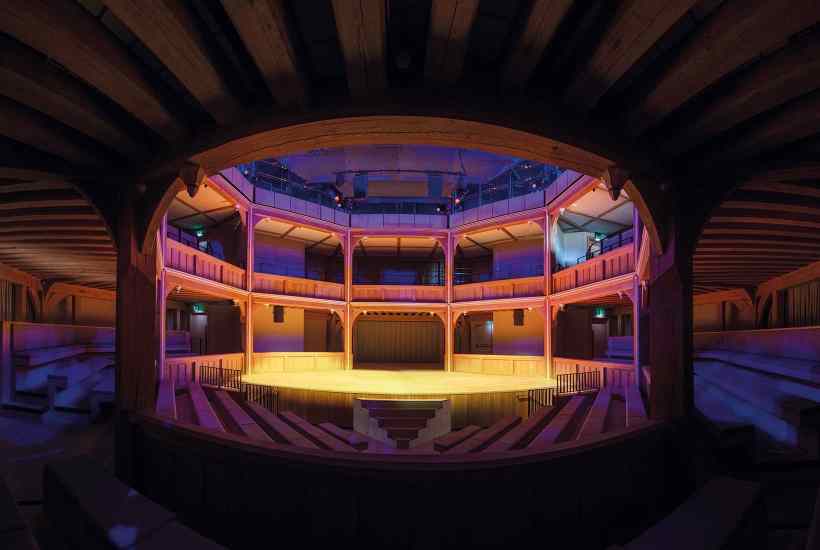
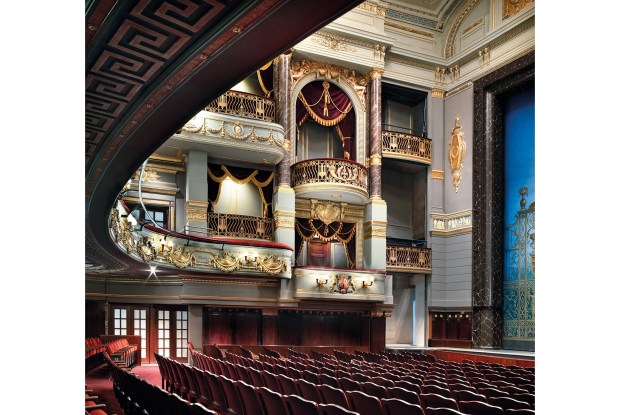
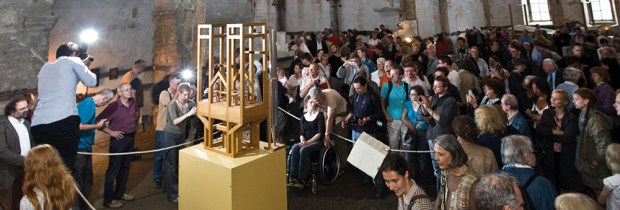
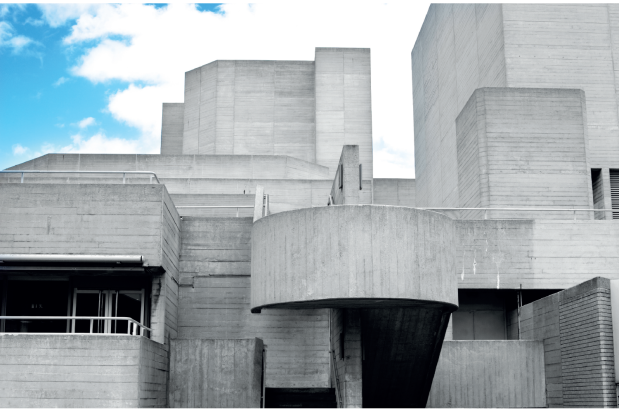
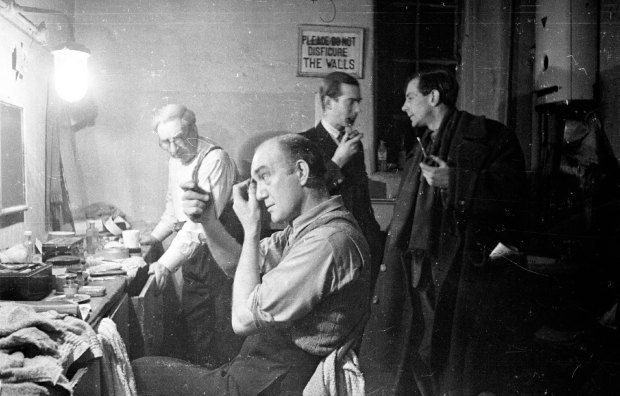
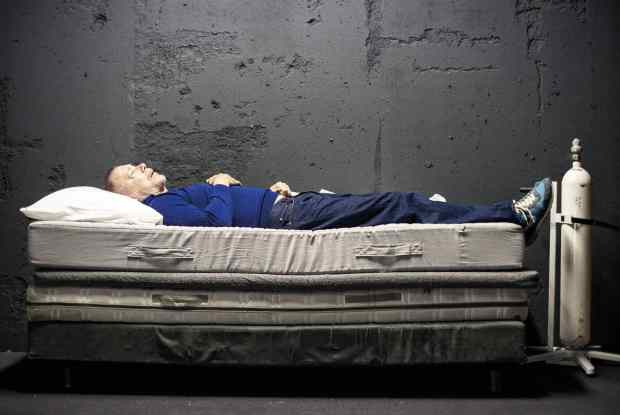
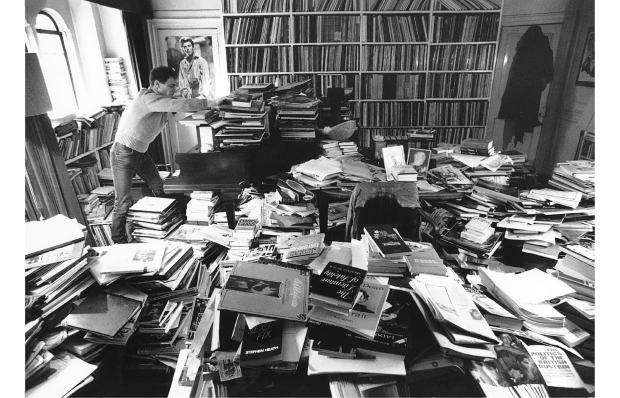






Comments
Don't miss out
Join the conversation with other Spectator Australia readers. Subscribe to leave a comment.
SUBSCRIBEAlready a subscriber? Log in